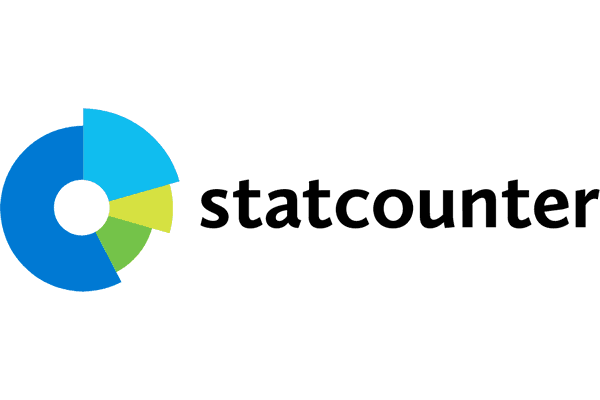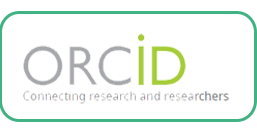TRANSLATION ENGLISH-INDONESIA: LEARNING DEVELOPMENT BASED HYBRID LEARNING IN POST-PANDEMIC ERA FOR EFL STUDENTS
Abstract
This study aims to describe the development of a Hybrid learning model in Translation: English-Indonesian learning for UINSU English Tadris students. researchers use the Borg and Gall model through ten steps. 30 research subjects were taken from the UINSU English Tadris study program population. Data were collected by observation techniques, questionnaires, and tests. Data analysis techniques use percentages, mean, and t-tests. The results of the validation research from experts I and II on the design of the hybrid learning model were an average of 4.34 in the very good category. Field test results I; average paratest 6.17 and posttest 6.60. Field test II average parates 6.63 and posttest 7.65. Field test III average paratest 6.72 and posttest 7. 69. Different test results through t-test on learning motivation t-count 9.254, student creativity 9.796, and learning outcomes 9.840 and it turns out that t-count> t-table 2.136 is proven there is a significant difference before using the model and after using the hybrid learning model. The conclusion of the study is that the hybrid learning model developed in this study is effectively used in Translation: English-Indonesian learning for UINSU English Tadris Program students.
Keywords
Full Text:
PDFReferences
Abroto, A., Maemonah, M., & Ayu, N. P. (2021). The Effect of the Blended Learning Method in Increasing the Motivation and Learning Outcomes of Elementary School Students. Educative: Journal of Science …, 3(5), 1993–2000.
Al-Halik, & Aini, Z. (2020). Analysis of Student Activity in the Online Learning Process during the COVID-19 Pandemic. Enlighten: Journal of Islamic Counseling Guidance, 3 No 2.
Budiyono, F. (2020). Implementation of Blended Learning during the Covid 19 Pandemic. Proceedings of the 2020 National Thematic Online Discussion, September, 1–12.
Cherswell, John W. (2012). Educational Research; Planning, Conducting, and Evaluating Quantitative, and Qualitative Research. BostonUSA; Pearsons.
Divayana, D. G. H. (2017). Evaluation of the Implementation of Blended Learning at SMK IT Udayana Using the CSE-UCLA Model. Journal of Vocational Education, 7(1), 64.
Fauziah, I. (2021). Implementation of Blended Learning at MI Roudlotut Tholibin Banjarejo Rejotangan Tulungagung during the Covid 19 Pandemic. At-Tahdzib: Journal of Basic Education and Learning.
Hidayati, R. (2013). Blended Learning to Welcome the Implementation of the 2013 Curriculum. September, 38–39.
Hima, L. R. (2017). The Effect of Blended Learning on Students' Motivation in Relationships and Functions. JIPMat, 2(1). https://doi.org/10.26877/jipmat.v2i1.1479
Huda, Mitahul. (2013). Teaching and Learning Models, Methodical and Pragmatic Issues, Yogyakarta, Pustakia Student Publishers.
Nurhayati. (2009). Development of the Indonesian Language Syllabus for Junior High Schools. Dissertation, Postgraduate Program, Jakarta State University.
Park, Jong Won, at all. (2015). Development and Application of The Practical On-Site Cooperation Model (POCOM) for Improving Science Teaching in Secondary Schools. Journal of Baltic Science Education, February Issue, Vol.14:1, pp;45-63.
Prastowo, Andi. (2014). Creative Guide to Making Innovative Teaching Materials; Creating Interesting and Fun Learning Methods. Yogyakarta, Diva Press Publisher.
Putra, Nusa. (2013). Research Development; Research and Development An Introduction. Jakarta, Radjagrafindo Persada Publisher.
Russman. (2012). Learning Model Models; Developing Teacher Professionals; Quality School Management Series. Jakarta, Publisher PT. Radjagrafindo.
Setyosari, Punaji. (2013). Research and Development Methods. Jakarta, Publisher PT. Prenada Media Group.
Sjukur, S. B. (2013). The Effect of Blended Learning on Learning Motivation and Student Learning Outcomes at the Vocational High School level. Journal of Vocational Education, 2(3), 368–378. https://doi.org/10.21831/jpv.v2i3.1043
Soedjaatmiko. (2010). Becoming an Educated Nation. Jakarta, Kompas Publisher.
Suyitno, Imam. (2007). Development of Indonesian Language Teaching Materials for Foreign Speakers (BIPA) Based on Learning Needs Analysis. Journal of Discourse Volume 9 No.1 April Edition p;62- 78.
Widiara, I.K. (2018). Blended Learning as an Alternative Learning in the Digital Age. Purwadita, 2(2),
DOI: http://dx.doi.org/10.30829/vis.v18i2.2313
Refbacks
- There are currently no refbacks.
Copyright (c) 2022 VISION
















